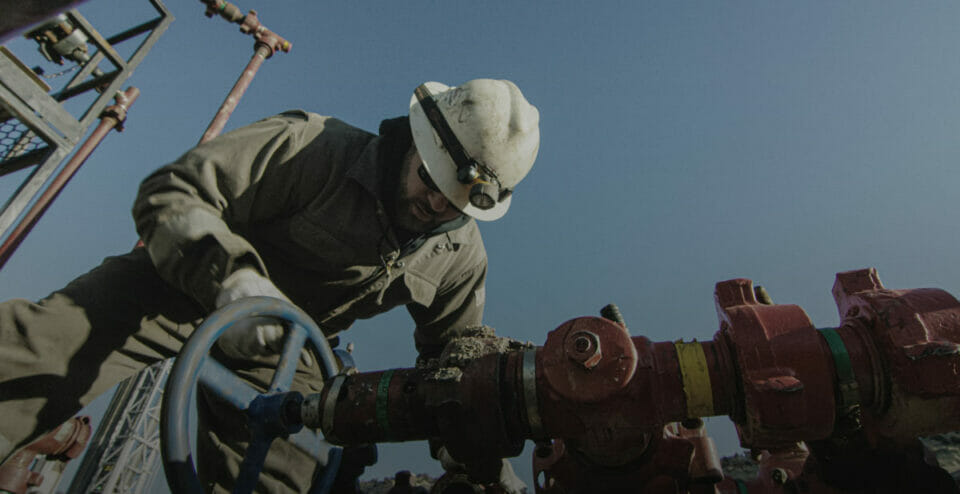
OSHA Logs Are Due: Don’t Make These 5 Costly Mistakes | Risk Matrix Episode 123
THE RISK MATRIX Cutting-edge podcast on occupational safety and risk management. Hosted by industry titans: JAMES JUNKIN, MS, CSP, MSP,…
Verifying that qualified workers follow an operator’s policies and procedures has always been required with Operator Qualification (OQ), but a new emphasis is being placed on individual confirmation and required training on policies and procedures.

Procedure verification of Operator Qualification (OQ) tasks has always been a requirement for conducting operations and maintenance activities, including emergency response. In fact, the U.S. Pipeline and Hazardous Materials Safety Administration (PHMSA) makes it clear in its OQ Frequently Asked Questions that operators are required to ensure all individuals, including contractors, perform work according to the operator’s procedures.
Today, however, trends toward confirmation of procedure verification on an individual basis and required training on those procedures are emerging — led by New York’s March 2022 amendments to regulations governing the transmission and distribution of gas.
At the national level, there are no formal best practices around procedure verification. So, how can you ensure workers on your site are performing their tasks according to your operations and maintenance procedures on an individual level?
With employees, it’s easier to verify they understand your procedures and follow them. However, when engaging a third-party contractor to do the work, there are fewer ways to confirm compliance. Additionally, it is expected that New York’s compliance rules will spread procedure verification requirements to other states quickly.
Connecting policies and procedures to an individual is possible not just through communication of those procedures, but by connecting them directly to the task they are performing.
A pipeline operator uses the following four-part test to identify an OQ task:
Once the operator has gone through the four-part test, the policies and procedures are technically connected to the task.
But how can you verify the contractor will actually implement the policies and procedures on the job? That’s where creating a formal evaluation or test to verify access to procedures and performance of the tasks being performed to meet expectations comes into play.
How can operators ensure contractors are verified on procedures and understand them? Start with these tips to fill the gaps and verify them:
Today, requirements say operators only need a worker who is operator-qualified to put them to work in a basic setup. But progressive operators with more mature compliance programs anticipate what’s on the horizon and make adjustments to confirm understanding of the operator’s specific procedures at the individual worker level.
To create the safest and highest quality control situation while also being prepared for future regulatory changes, operators should add training and procedure verification to their requirements for a ready-to-work employee or contractor.


THE RISK MATRIX Cutting-edge podcast on occupational safety and risk management. Hosted by industry titans: JAMES JUNKIN, MS, CSP, MSP,…

THE RISK MATRIX Cutting-edge podcast on occupational safety and risk management. Hosted by industry titans: JAMES JUNKIN, MS, CSP, MSP,…
We’ll send you practical and insightful supply chain risk management info that can benefit your business. Plus, important company updates that keep you in the loop.
